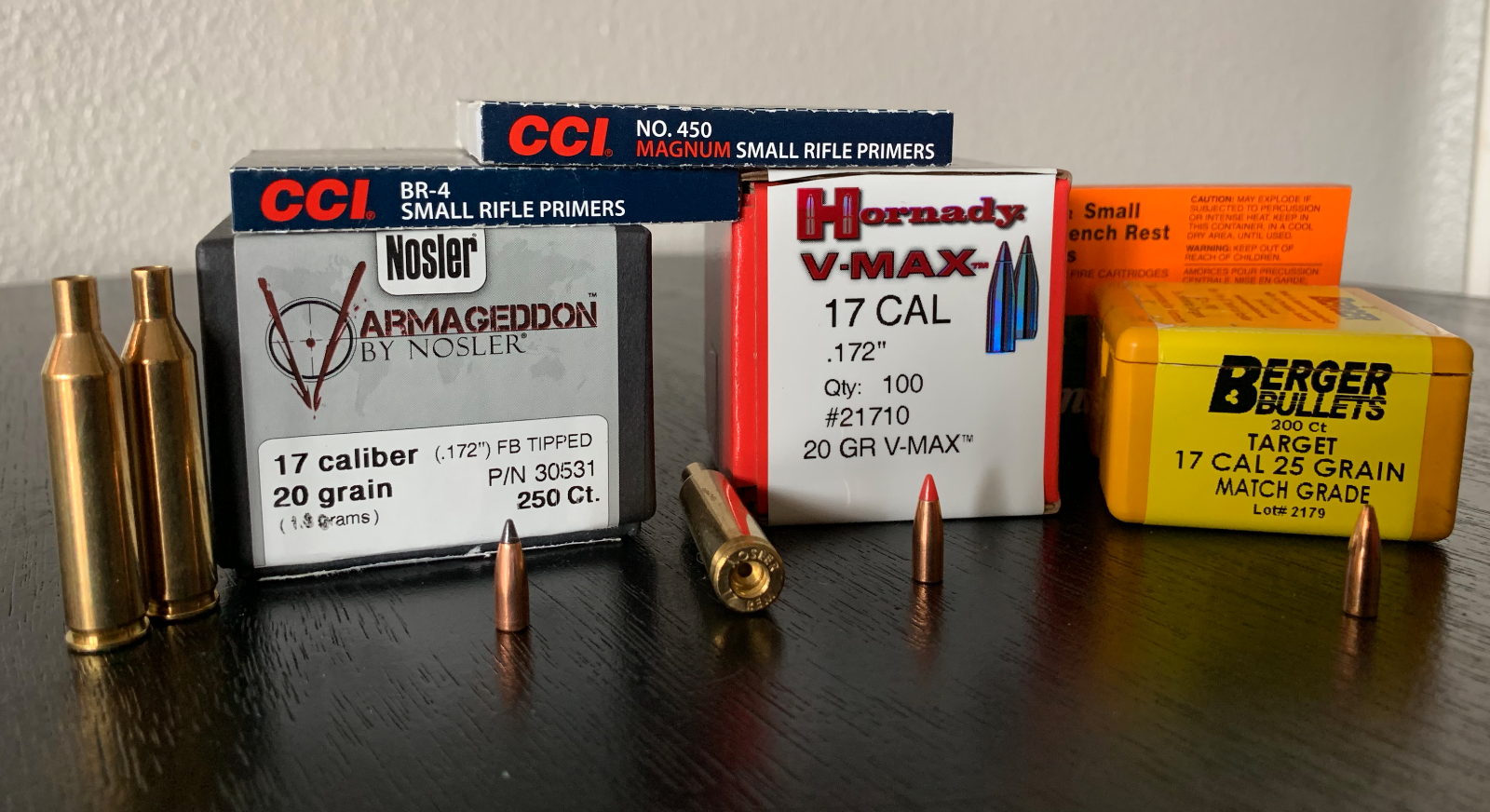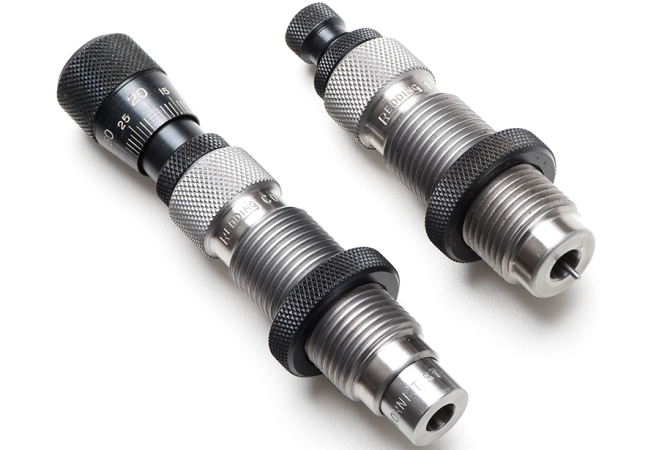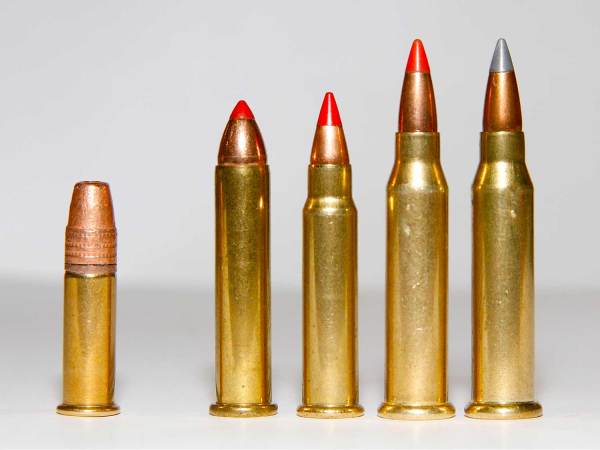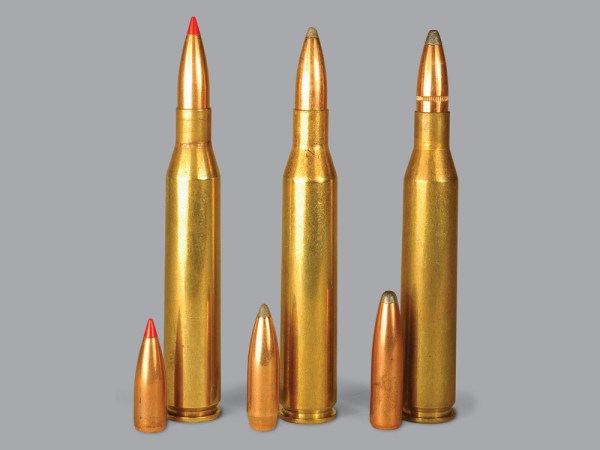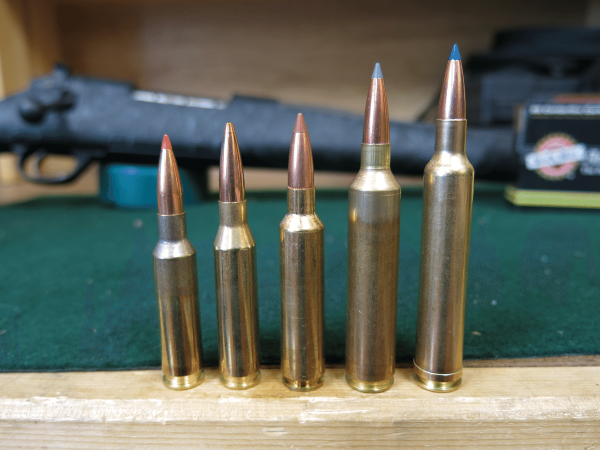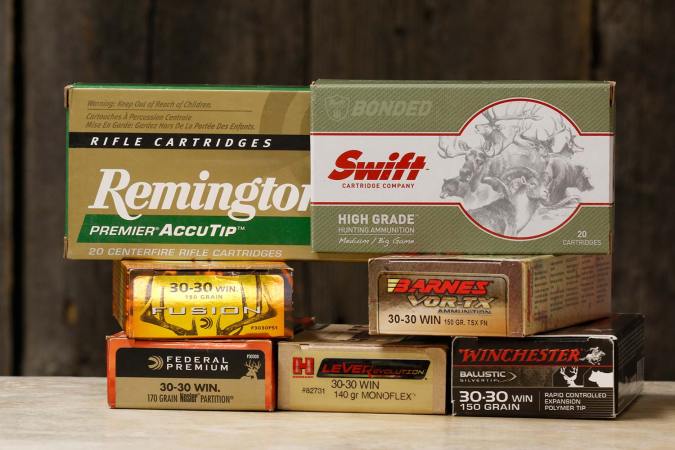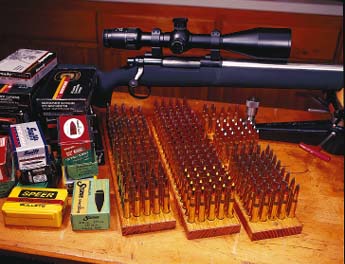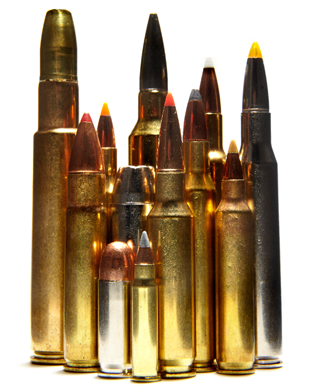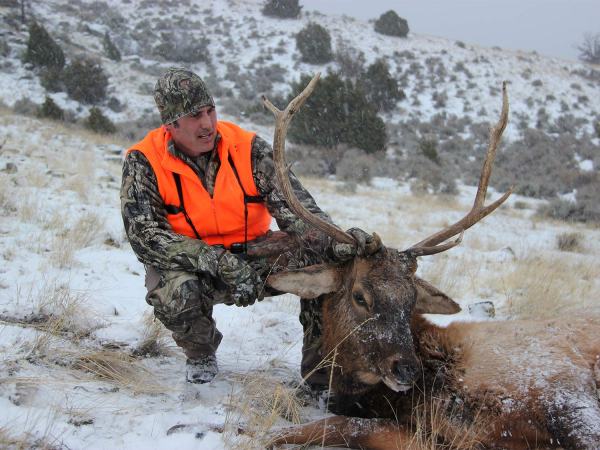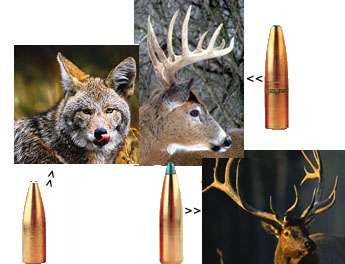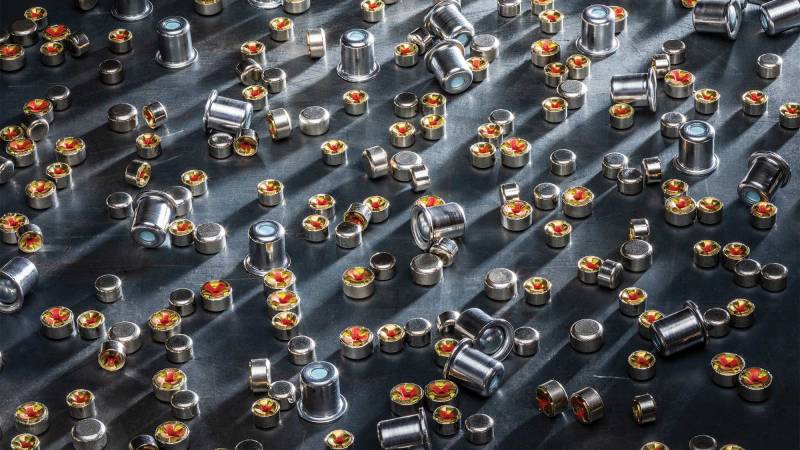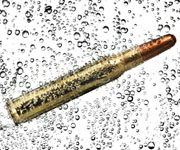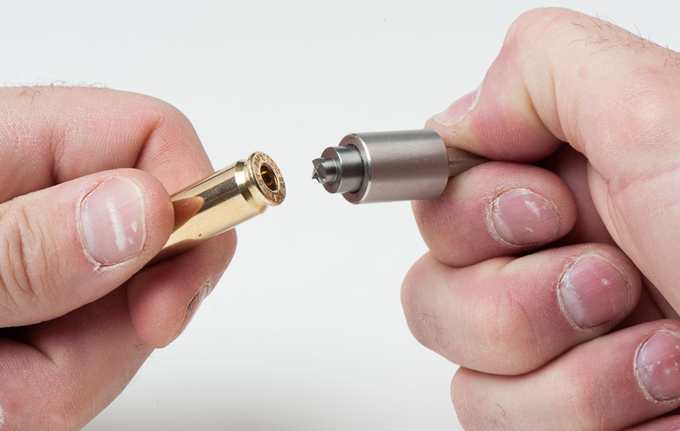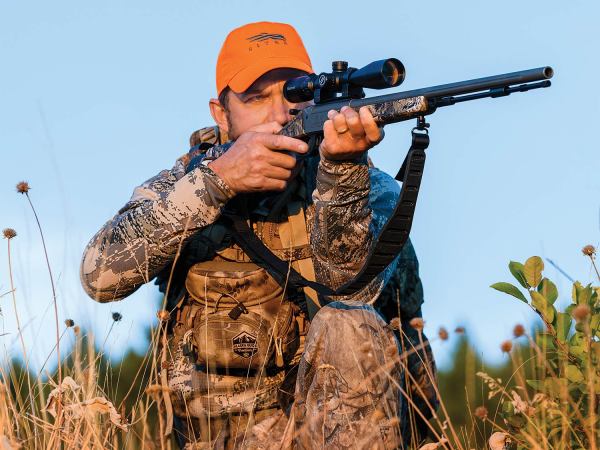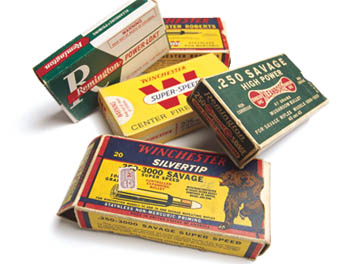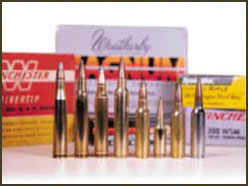We may earn revenue from the products available on this page and participate in affiliate programs. Learn More ›
Seventeen-caliber cartridges have always fascinated a certain group of handloaders for some mystical reason. Neither possessing the generalist appeal of the working class .223, nor the macho western appeal of the .22/250, the .17 caliber usually appeals to a different set—the specialists, such as fur hunters, the tinkerers, and the people who seek enjoyment off the beaten path. Perhaps you know someone who drives a Maserati, or a 1970s International pickup. Chances are, if they’re a shooter, they have a .17-caliber rifle tucked away someplace.
.17 Remington History
To be completely upfront, I’m not a Maserati man. I have, however, owned and handloaded for the common .17s and the focus of this article will be the first, and in many ways, the finest—the .17 Remington. This little gem was introduced originally by Remington in 1971, though similar wildcats had undoubtedly existed for many years prior. In its original configuration, it was a fine cartridge, though somewhat limited. In today’s guise, benefitting of more modern manufacturing methods, propellants, a better understanding of twist rates, and cleaning procedures and products, the .17 really shines within its niche.
The .17 Remington is one of the children that the .222 Remington spawned. Its case is 1.796 inches long and while many assert that it’s nothing more than a .223 necked to .17, a quick examination of the cases clearly demonstrates that this is not so. The .17 Remington has a longer neck with the shoulder pushed back somewhat, and is .036 inch longer—making it unique.
.17 Remington Cases
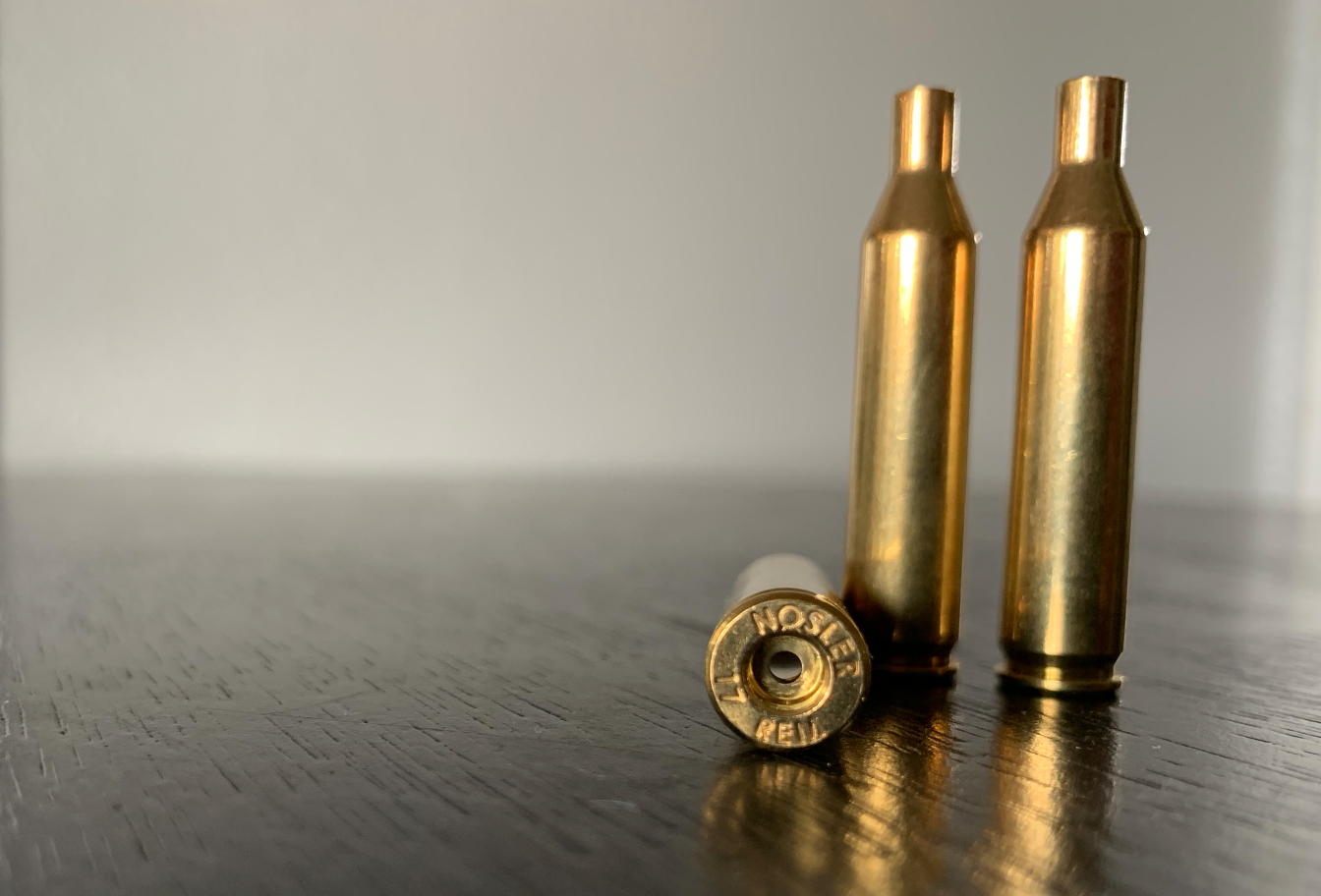
Speaking of cases—good cartridge cases are available from a variety of sources, as is loaded ammunition. For years, Remington was the only one that loaded the .17 Rem., but now factory ammunition can be had from Nosler and Hornady, as well. Cases are available from Nosler and Norma—and they are quite good—though a bit more heavily constructed than the original Remingtons—so the handloader must take this into consideration and work up loads carefully if using data that was developed in Remington cases. Believe me, this is important as this small-caliber case does generate significant pressure and piercing or blowing primers is a real possibility at excessive pressures.
Primers for the .17 Remington
Primers open another interesting can of worms. Many primers have cups (the actual portion of the primer that the firing pin strikes) that are either too thin or too soft for the top loads in this cartridge. The primers that seem to consistently work the best (and are the ones most sources recommend) are the CCI 450, Remington 7.5, and CCI BR-4. I have also done a lot of work with the Federal 205 and 205 Match, and these primers also work well—but will also start to flatten and can pierce more easily than the first three mentioned. I’ve not tried the excellent RWS primer nor the new Winchester Match Small Rifle—but wouldn’t hesitate to test either one. In the .17s I have worked with, the CCI BR-4 has given me the most consistent accuracy—but your results may vary.
.17 Remington Powders
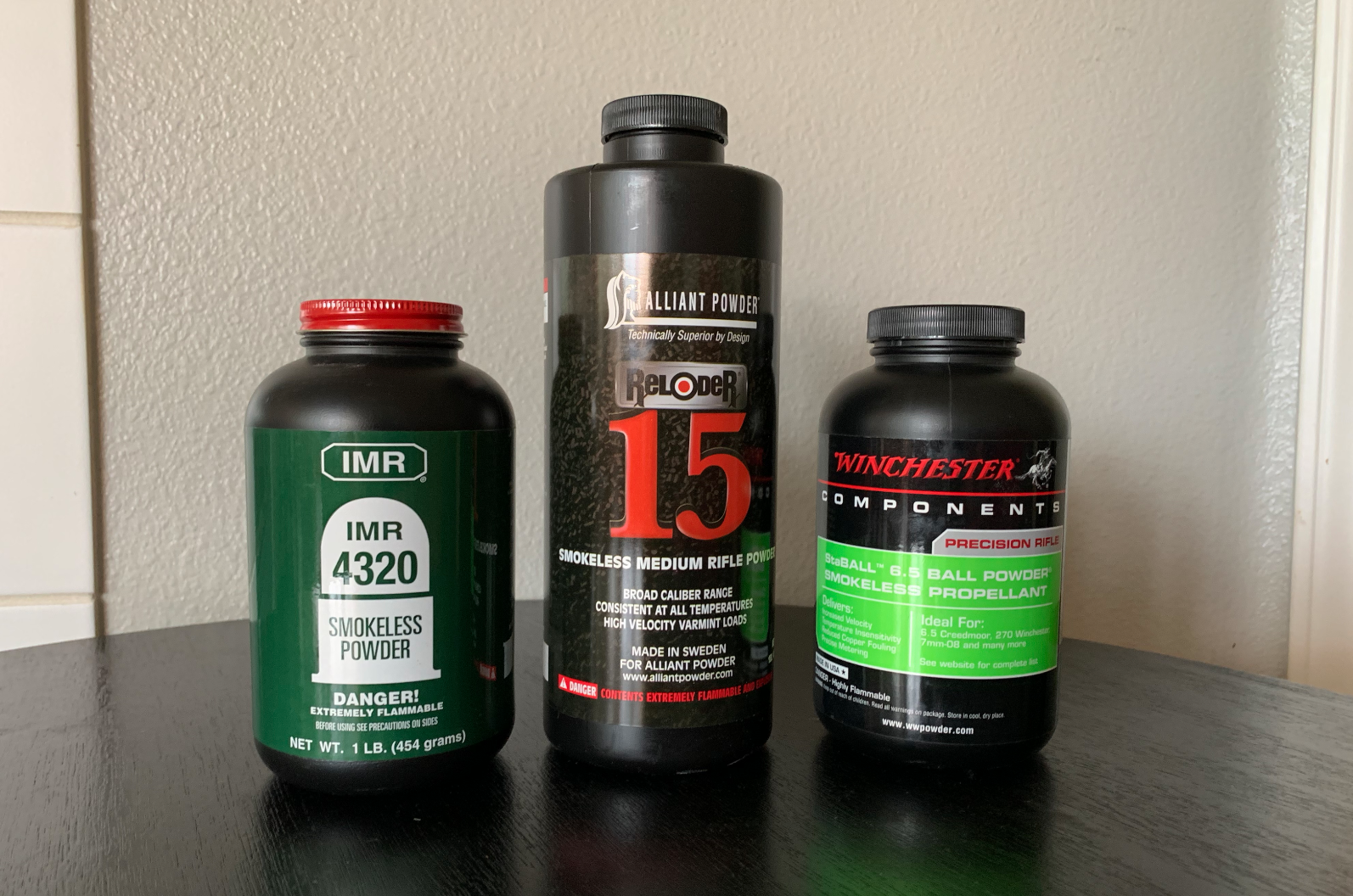
The .17 Remington works with a wider variety of propellants than one may immediately think. On the faster burning end of the usable spectrum, and with lighter bullets powders like H322 can deliver astonishingly high velocity with excellent accuracy. The .17 Remington was originally introduced with 25 grain bullets, and for this middle weight, most of the powders that work well in a 22-250 or 308 work quite well. For years, the powder in the .17 Rem. was IMR4320. If you look at a burn rate chart and published reloading data, you will see other powders that are close—Reloder 15, IMR4064, Varget, VV N-140, and H4895 are commonly referenced.
A sleeper that works very well is W760 and its stablemate H414. A newer powder that shows great promise is StaBall 6.5—not only is it temperature insensitive and spherical (which makes charging cases easier), it is fast. Hodgdon has data available online. As with any cartridge, whenever changing to a new lot of powder, it’s always best to load a few rounds at lower charge weights and chronograph them to check velocity against that of your existing load. Lot-to-lot powder variations do exist and in a cartridge this small, they can cause a significant difference in pressure and velocity.
Avoiding Overcharges
When charging cases, use care. Longer stick propellants can “bridge” when flowing through purpose-designed .17 caliber powder dispensing equipment, and for this reason I always weigh my charges carefully and inspect the charged cases prior to the bullet seating operation. In this cartridge, an overcharge of a fraction of a grain, particularly when working with near maximum loads, can produce excessive pressures–so a little extra care in this step is essential.
.17 Rem. Bullets
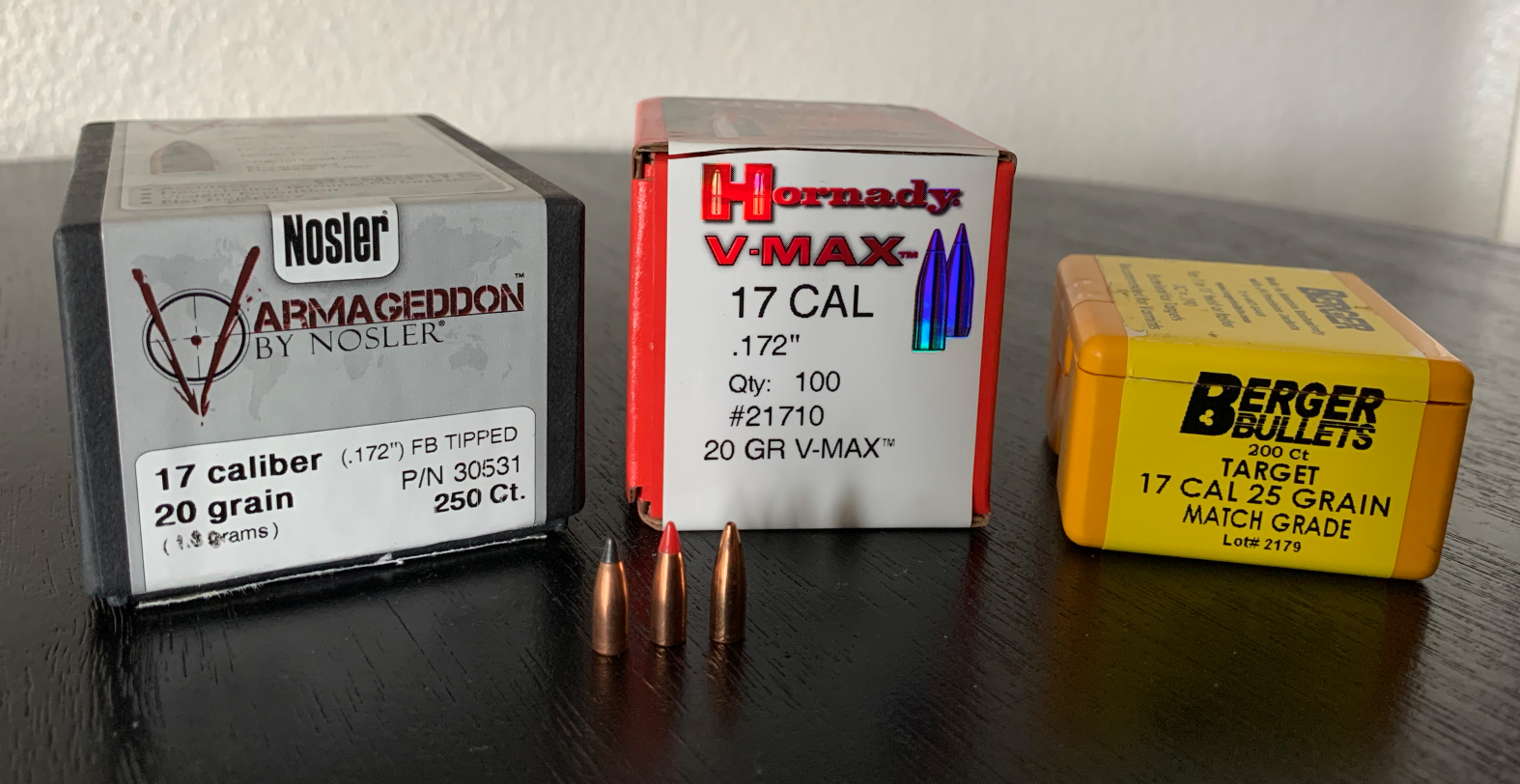
Bullets for the .17 Remington have come a long way since 1971, both in quality and variety. As mentioned, the .17 was first brought to market with a 25-grain Power Lokt Hollow Point. This bullet was good in its day and set the tone for the .17s reputation as an excellent pelt caliber. About the same time, Hornady introduced its version of the 25-grain HP—and this was (and is) an excellent bullet, though sadly it appears to be out of production at the moment. Berger set a terrific tone for .17 caliber bullets with a wide range of bullets—variously producing bullets as light as 15 grains and as heavy as 37 grains (which require a very fast twist). Today, they are down to one offering—a 25-grain Varmint Hollowpoint—and it’s a very accurate projectile. Hornady and Nosler both make 20-grain bullets. Nosler makes both a hollowpoint and a Tipped projectile in the Varmageddon line, while Hornady makes a 20-grain V-MAX, as well as a 25-grain V-MAX if you like a little heavier option. There are a wide variety of custom makers that currently sell various configurations of hollowpoints and even softpoints in .17 caliber—a quick search on the ’net will show the way.
Top Varmint Bullet Weight
For shooting varmints like prairie dogs or ground squirrels, the 20-grain bullets are hard to beat. They will easily break 4,200 fps and terminal results are spectacular, as one would expect. At those velocities, drift isn’t as significant as some would lead you to believe, either. At least not inside of 300 yards. I will say that the 20s, while attractive for the little stuff, are not always a great choice for predators at these velocities. If striking a bone on impact they will absolutely detonate—not only potentially ruining a valuable hide, but also creating a superficial wound that is not immediately lethal and will leave animals to suffer—something all hunters try to avoid.
Top Predator .17 Rem. Predator Bullets

For the bigger animals such as predators, it’s very hard to beat a 25-grain hollow point. Unfortunately, our choices have become very sparse, but the V-MAX and the Berger HP both work better than the lighter bullets. If you can find either the older Berger 25-grain Target HP (smaller nose opening) or the Hornady HP, you’ll be in business. At 3,900 to 4,000 fps these bullets will typically enter a furbearer with a tiny pinprick and completely dissipate inside the animal. Kills are usually quick and clean, and the fur is usually perfect.
Lately, I have been experimenting with a 30-grain HPBT from a custom maker in Virginia, Don Unmussig. His bullets are also exceptional—not only accurate, but very effective terminally. A few grains of bullet weight in this diminutive cartridge can make a very large difference in terminal effect, and the sleeker HPBT design flies exceedingly well. Not only that, but it is also stable in a 1:9 twist, which has become the standard in the caliber (from the original 1:10).
Keep Your .17 Remington Clean
A note on cleaning—since this will be mentioned in any reloading manual or article about the caliber. The .17 Remington requires consistent cleaning. It is a very small bore, very high-pressure round and as such, it fouls just like a similar, larger cartridge (think .22/250 or .220 Swift—even the .204 Ruger). Good brushes, a good one-piece rod, a bore guide and a solvent at least equal to Shooter’s Choice are all smart investments.
The .17 Remington is a fun and interesting round to work with. It requires a little more care than some of the run-of-the-mill cartridges, but it provides more unique results within its niche, too. Give it a shot and see what you’ve been missing.
